Transport
The electrification of the Pajares mountain pass was a milestone in the Spanish railway technology. Compañía de Caminos de Hierro del Norte de España used electric traction between the stations of Ujo and Busdongo to reduce the traffic on the ramp, which was very intense due to the circulation of coal trains. These trains required double traction and ran at very low speeds. In addition, the smoke in the tunnels and the safety of the convoys meant a problem.
The installation was completed in 1924 and required various specific facilities. The most important ones were located at the beginning and the end of the route, and its main centre was at Ujo, where a building for the electric locomotive works of Pajares Ramp was erected in the north of the station.
In this facility, different functions were combined. A three-track building was used as a depot for storing the machines. A second narrower building equipped with a crane-bridge was used as a workshop. Above the first of these, a main building housed the offices and, on both sides, two towered structures were used as living quarters for the electrification staff. The construction materials were pressed brick and fair-faced masonry, and the roofs were held up by metal roof trusses.
The blueprints were drawn up in 1924 and signed by the engineer Francisco Castellón Ortega, although the construction had actually begun a year earlier and this required important clearing and foundation works. In the 1950s, when electrification reached Gijón, the maintenance works were relocated to the new Oviedo depot, and the Ujo facilities were used as a workshop for railroad wagons.
In the early 1980s, these works were moved to the new workshop in Lugo de Llanera. Since then, the building has been used only for residential purposes.
This building is a unique example of Spanish railway architecture. It was built with an innovative approach and combines different activities in a single factory with a magnificent aesthetic.

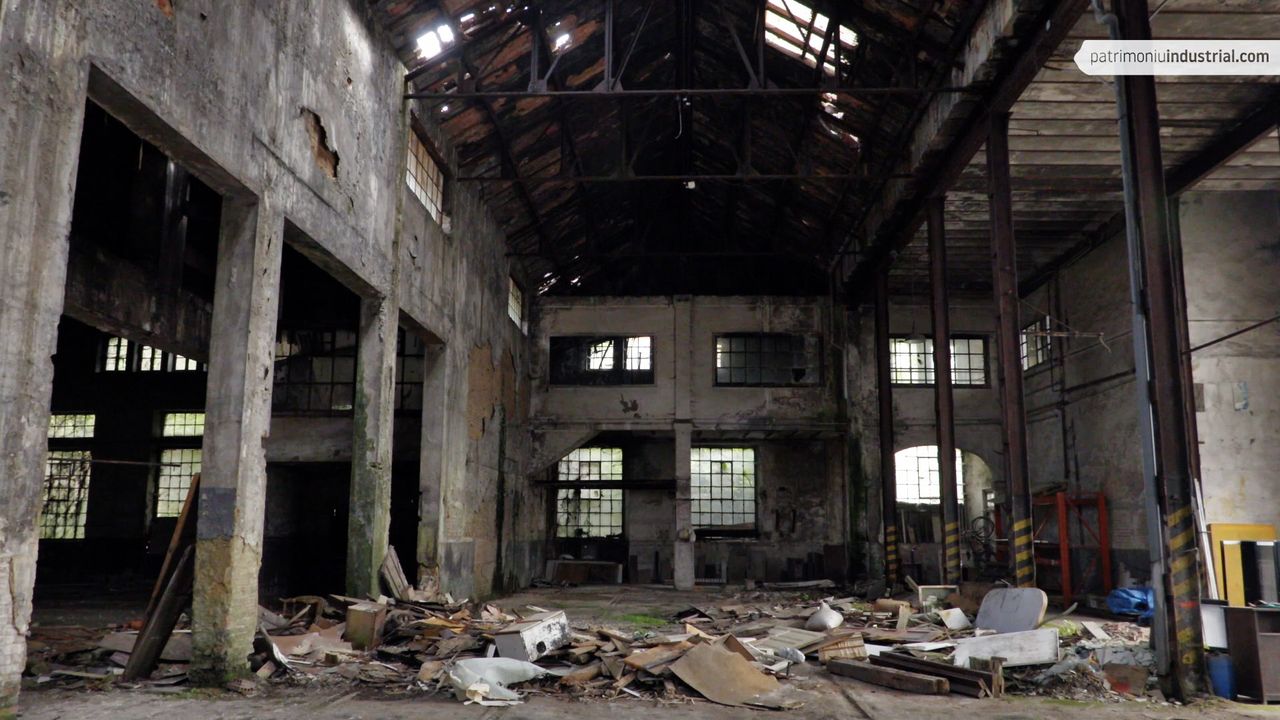

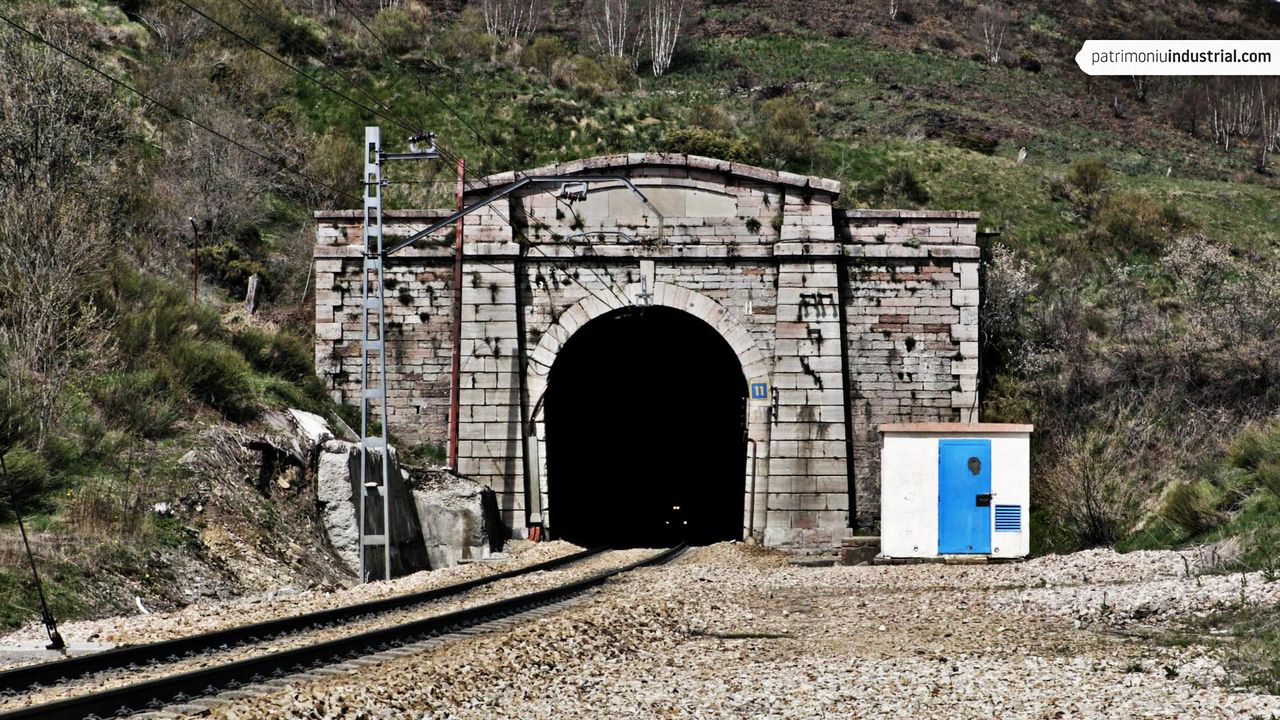
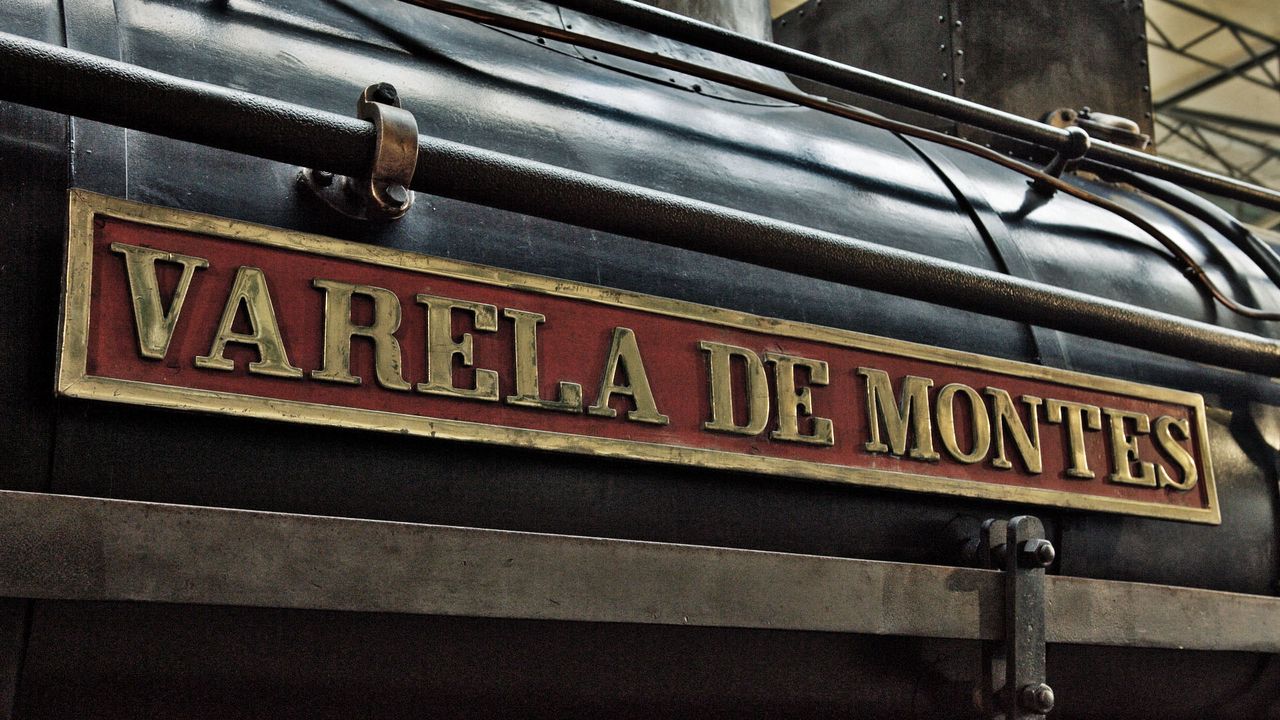
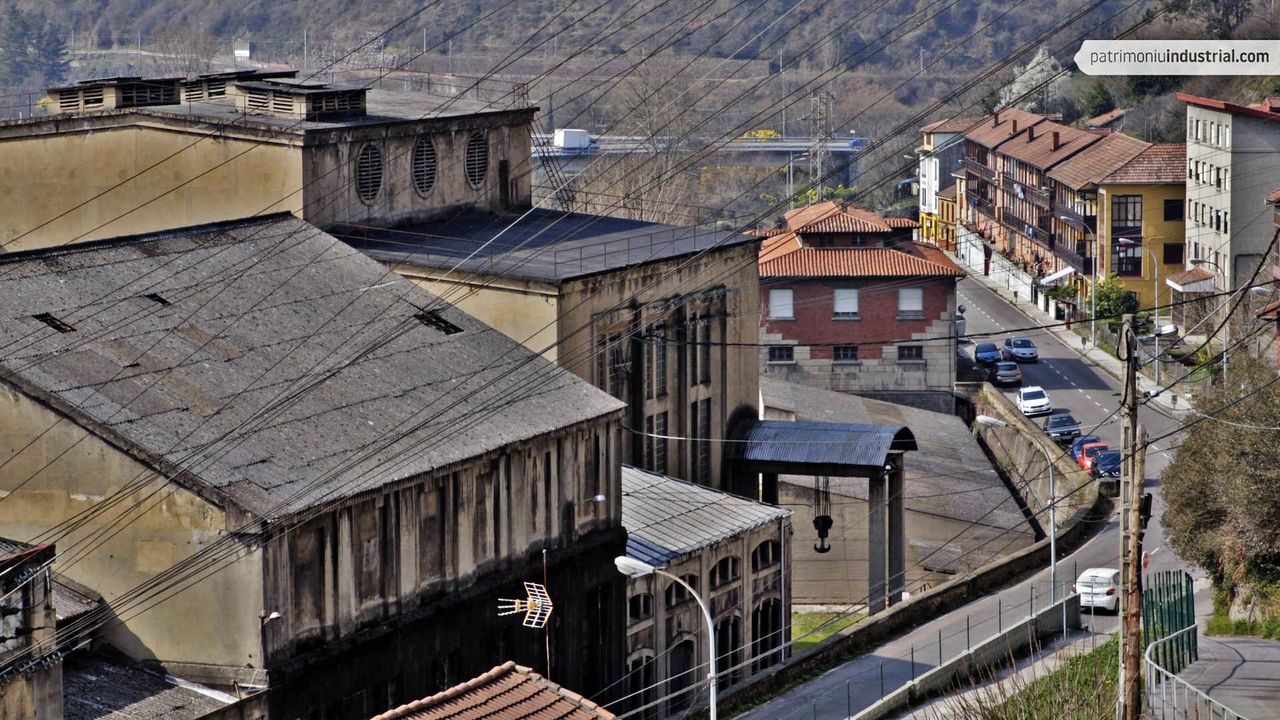
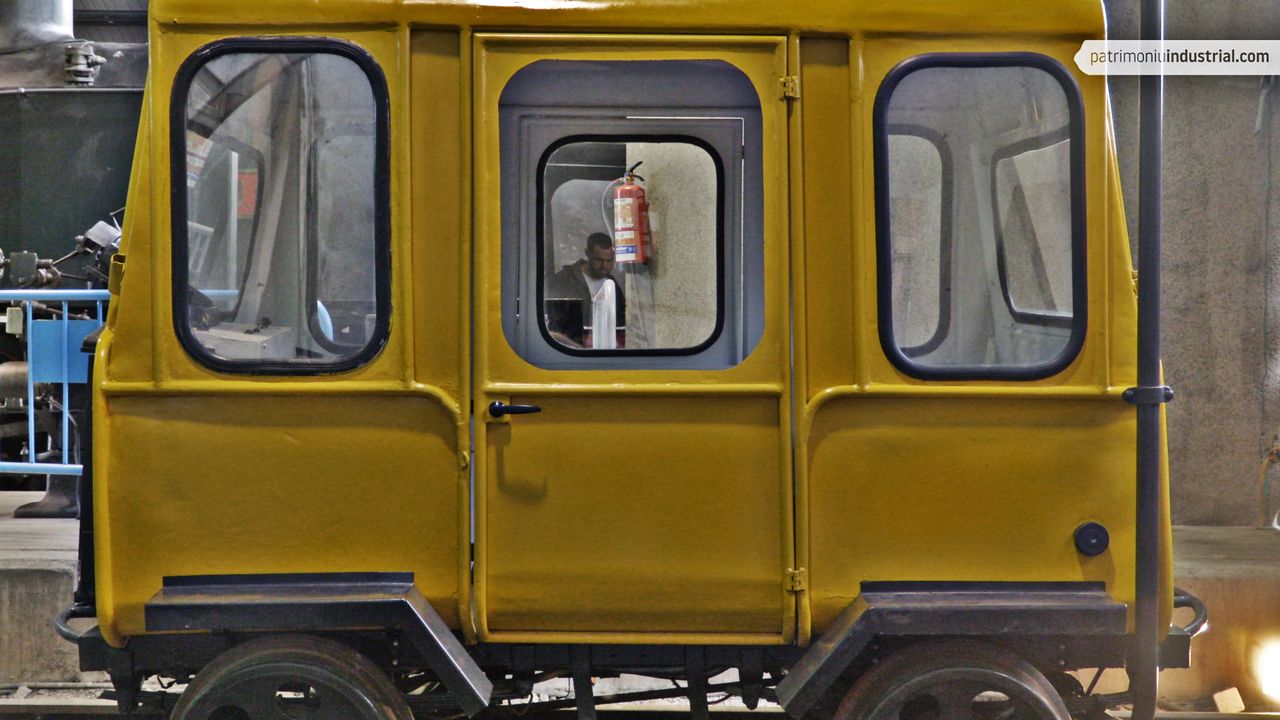
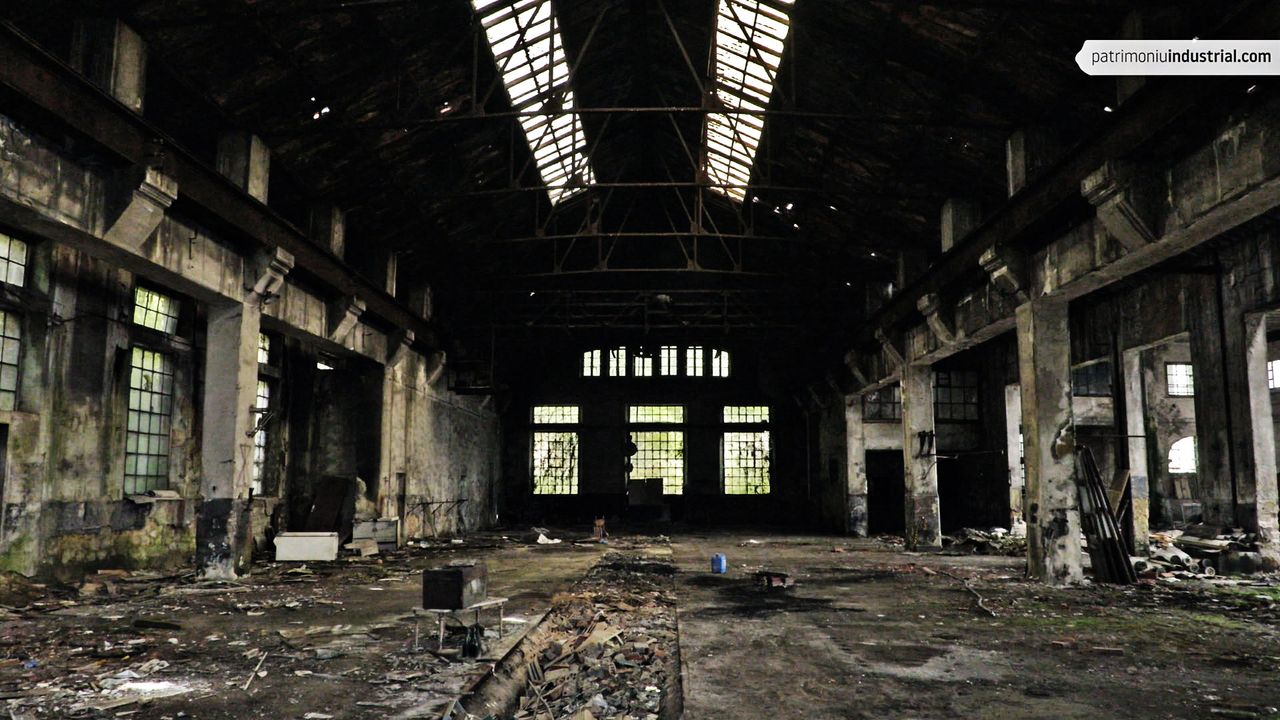
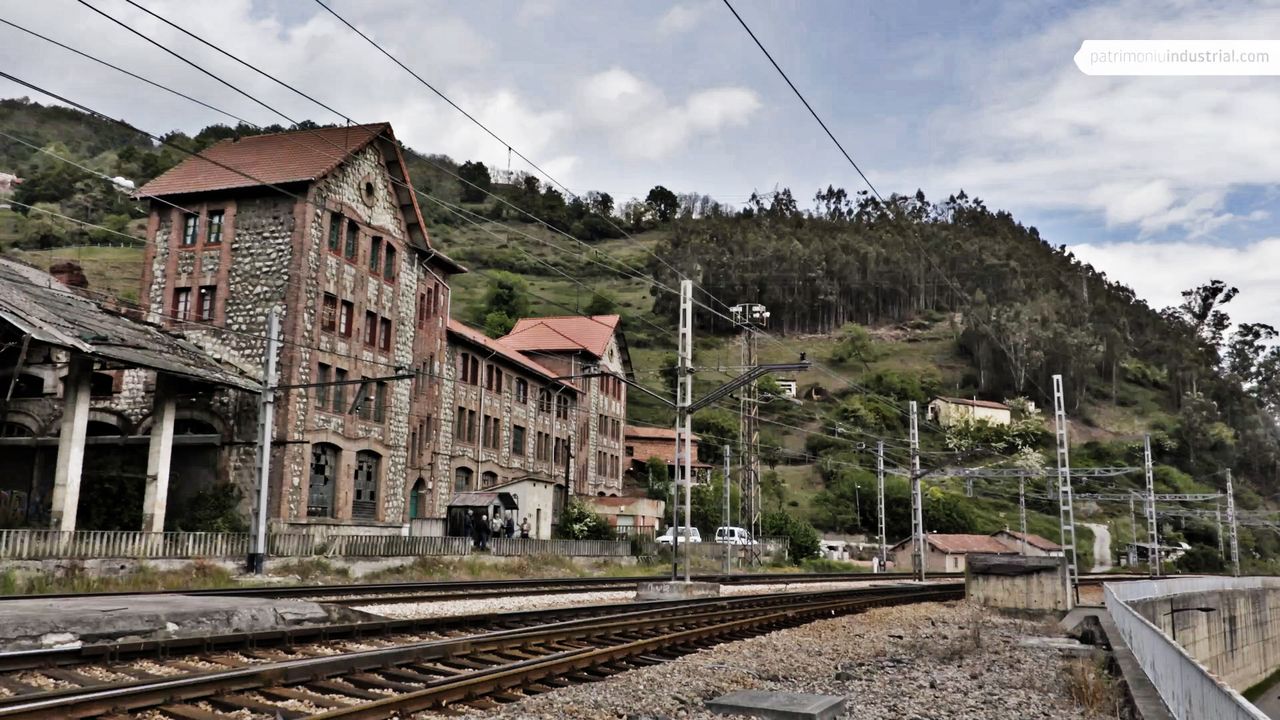
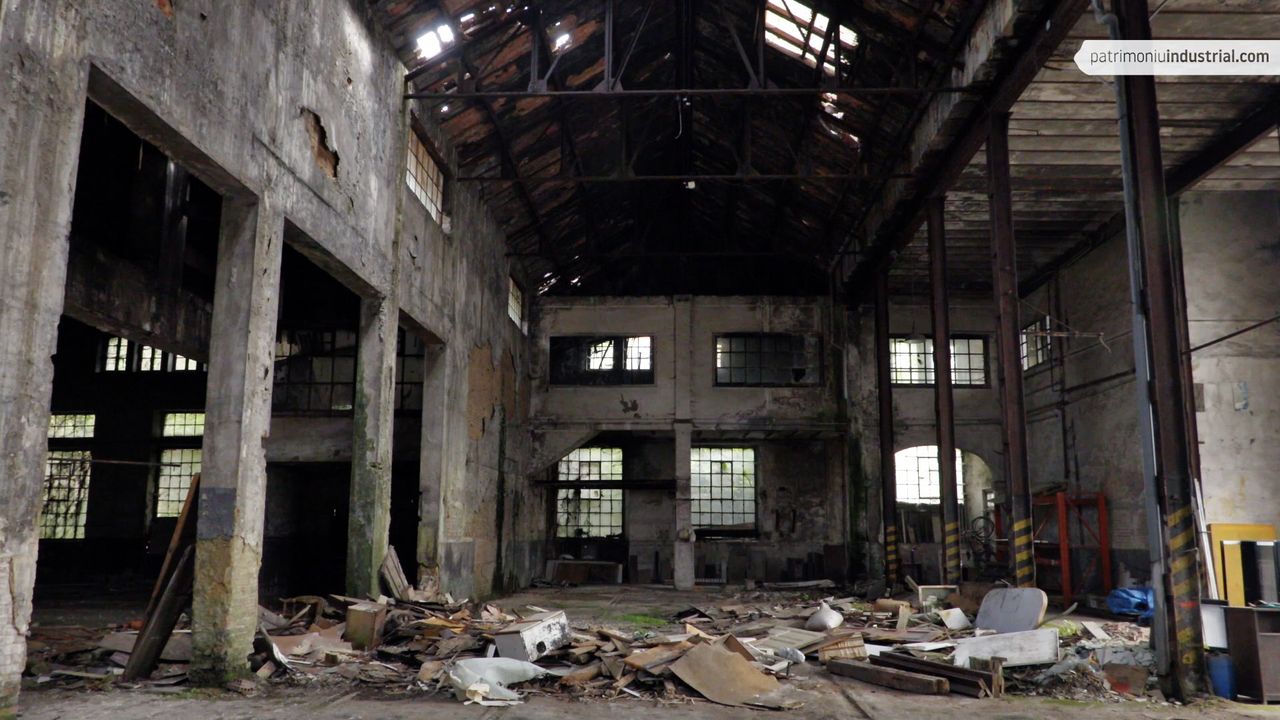
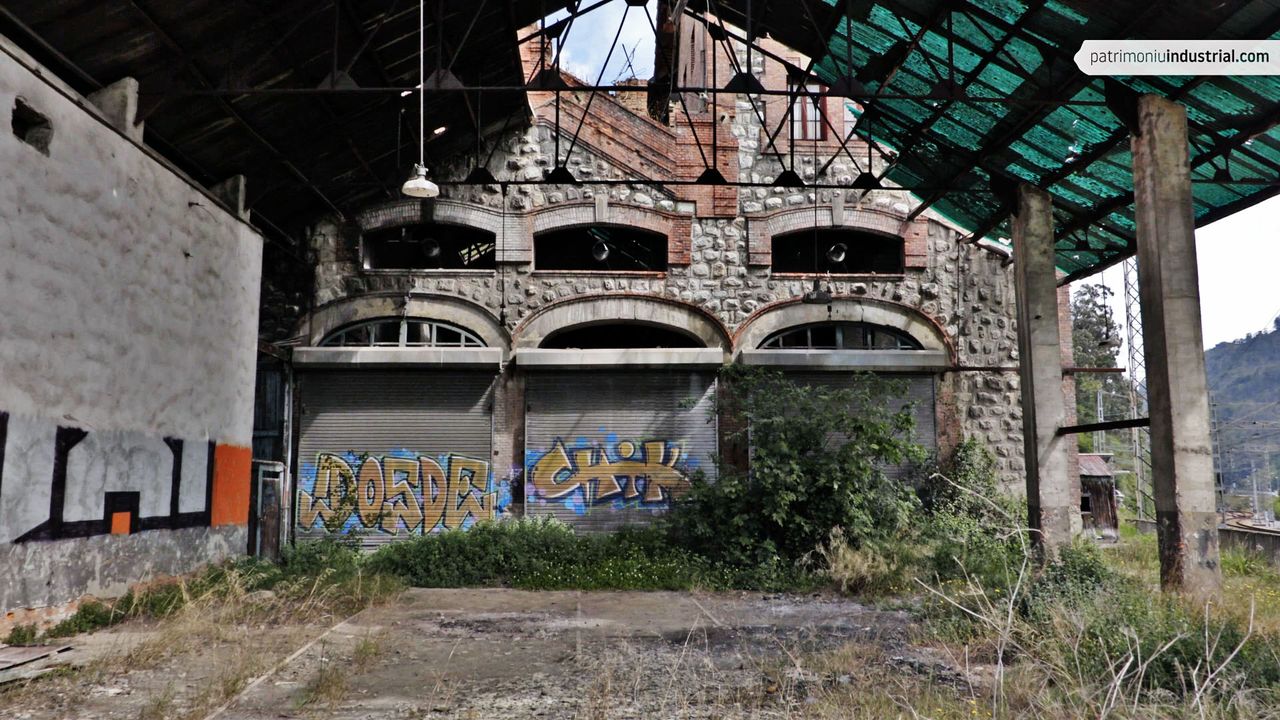
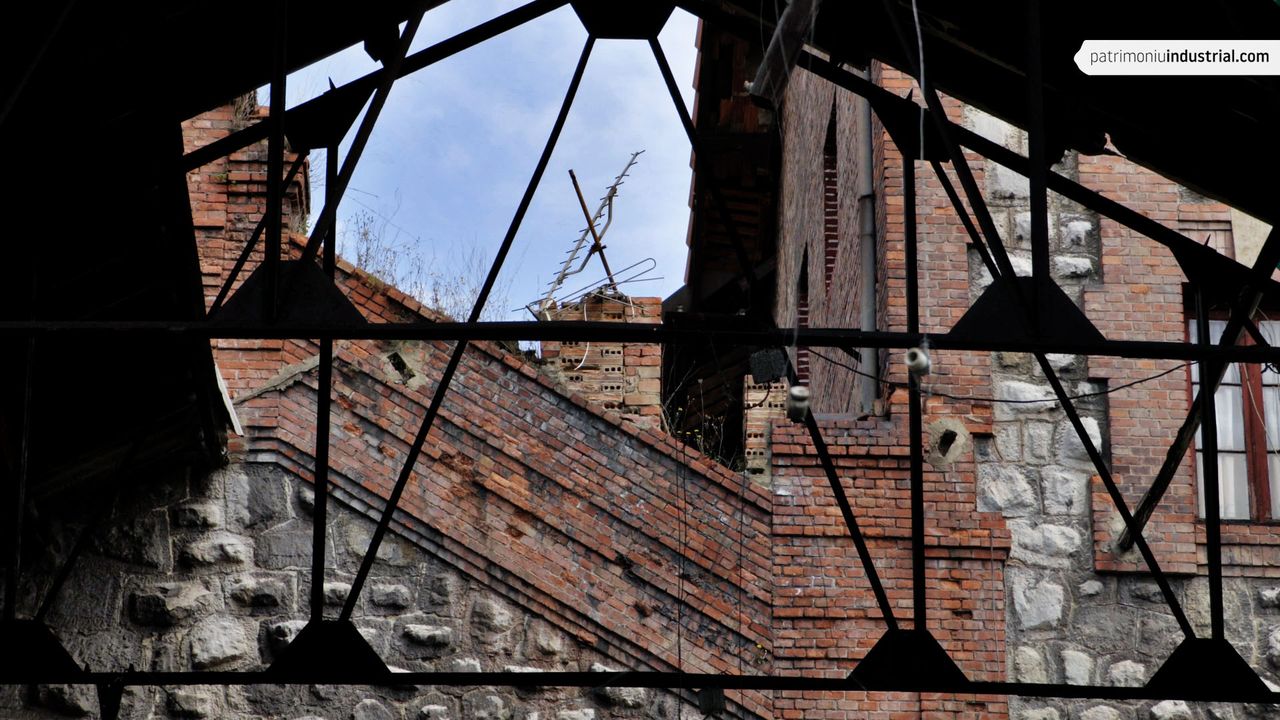
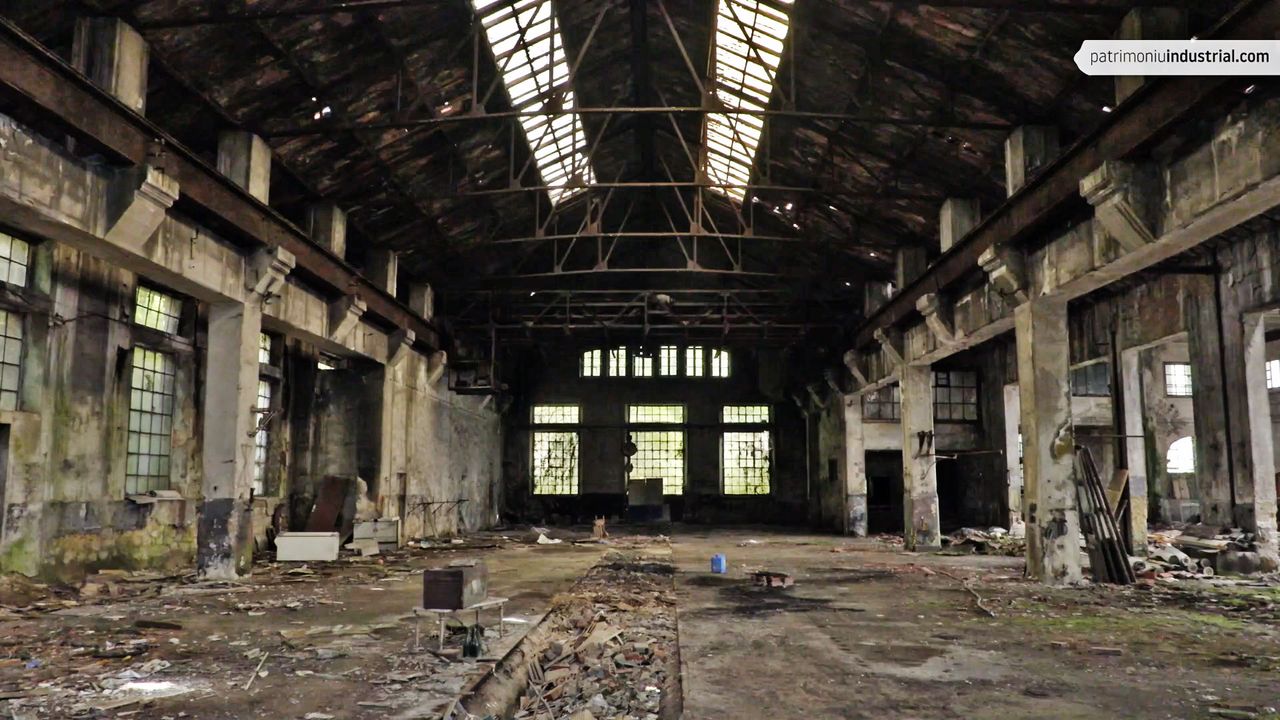
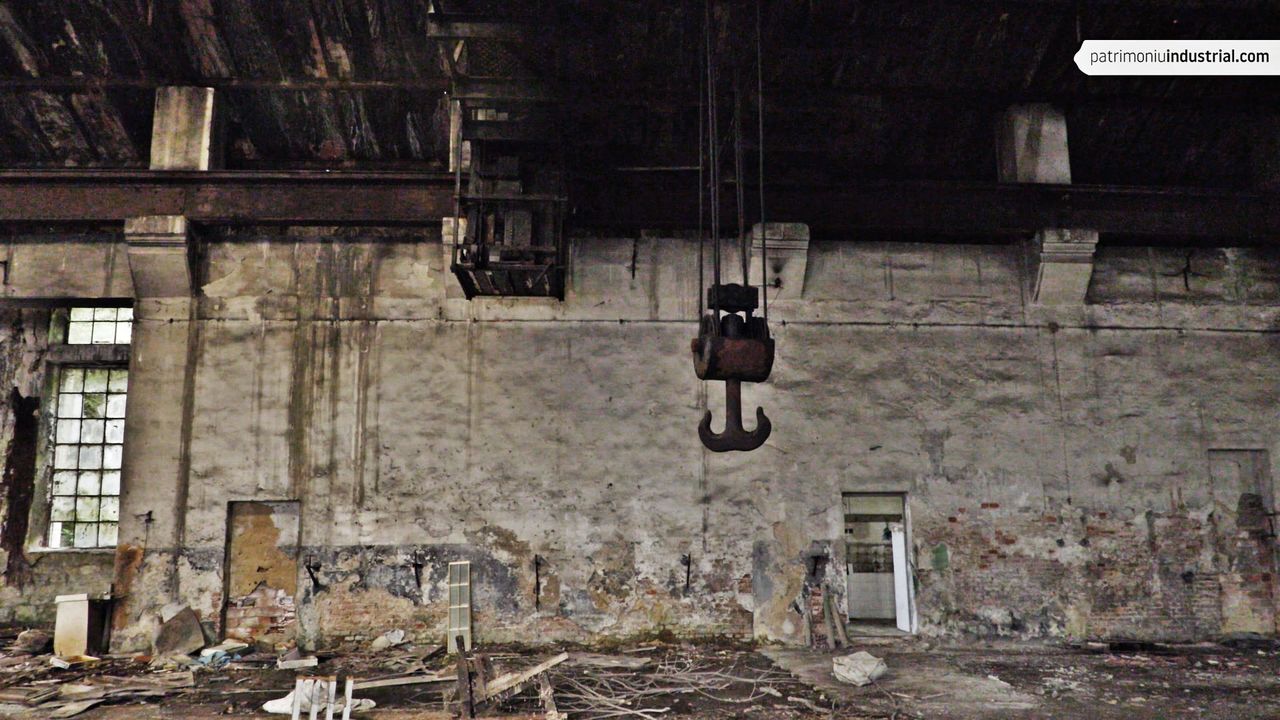
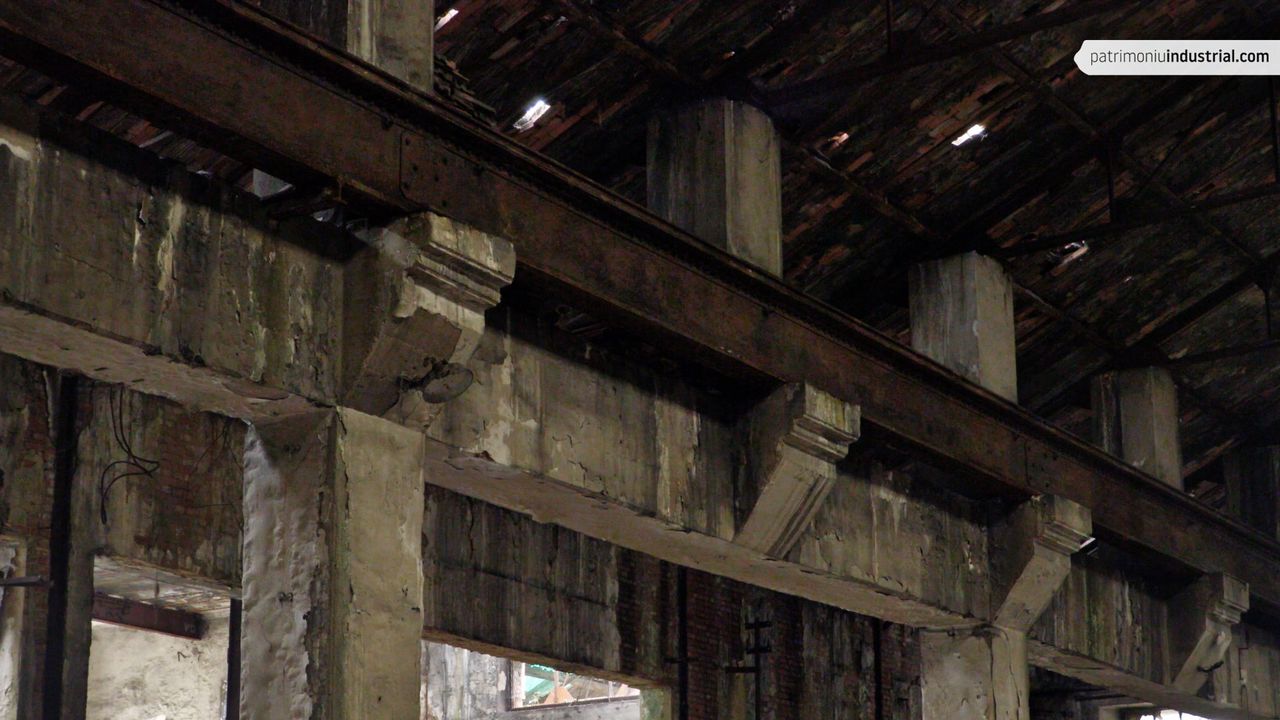
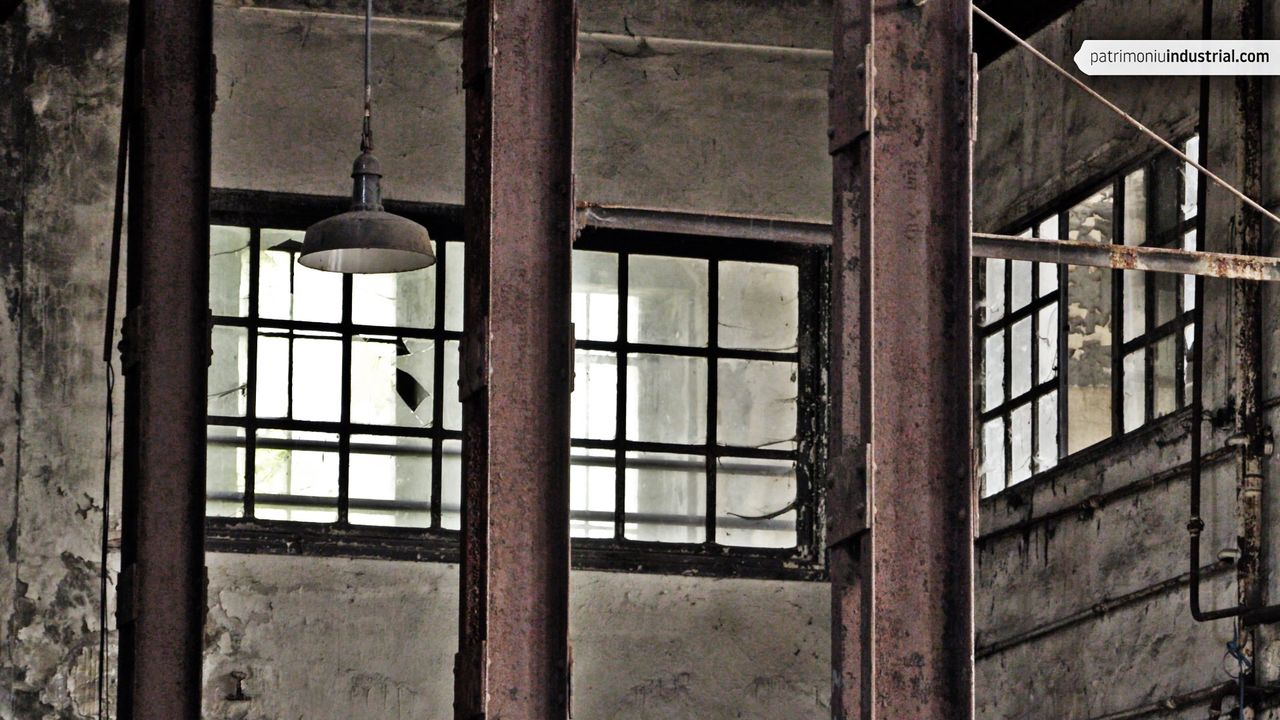




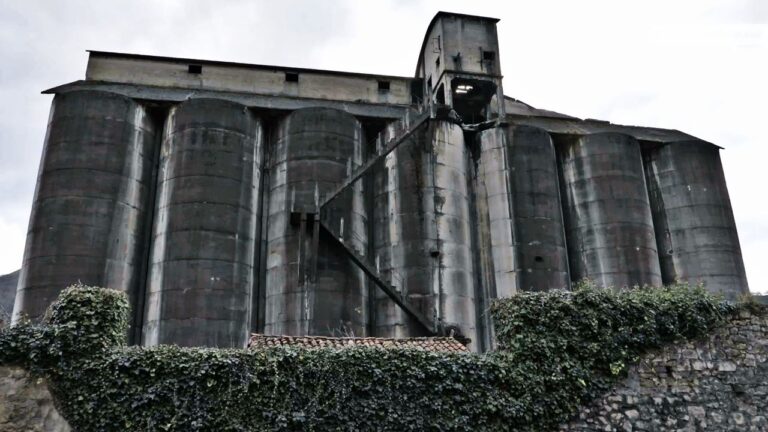

Recent Comments